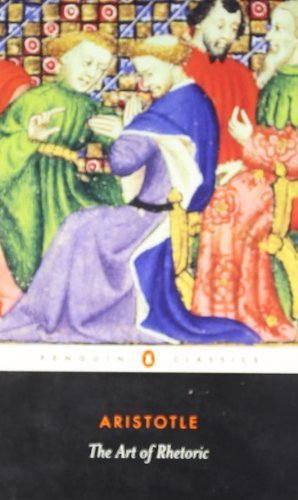What do you think?
Rate this book


Unknown Binding
First published January 1, 323
Surely everyone would agree that one or more of these is happiness. If, then happiness is some such thing, its elements must be: Gentle birth, a wide circle of friends, a virtuous circle of friends, wealth, creditable offspring, extensive offspring and a comfortable old age; also the physical virtues (e.g. health, beauty, strength, size and competitive prowess), reputation, status, good luck and virtue…(pg. 87, Ch. 1.5, circa 4th century B.C. emphasis added)Compared to Lie Yukou, circa 5th century B.C, whose sayings were compiled in the Lieh Tzu (Liezi) in the 3rd or 4th century A.D:
There are four things," states a Taoist work of this age (the Lieh Tzu: third century A.D.), "that do not allow people to have peace. The first is long life, the second is reputation, the third is rank, and the fourth is riches. Those who have these things fear ghosts, fear men, fear power, and fear punishment. They are called fugitives…(Oriental Mythology; Campbell, Joseph pg. 435)